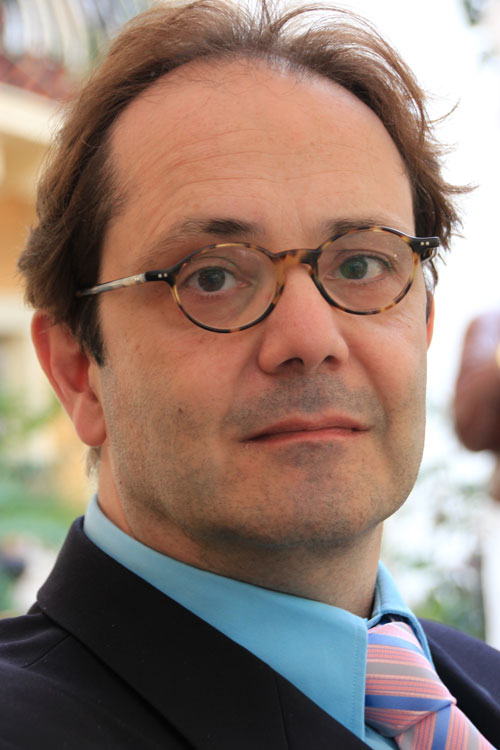Keynote Lecture 3: Prof. Beat Föllmi

The third keynote lecture of the conference “Choral Life in Switzerland, 19th-21st Century” will be given by Professor Beat Föllmi (Université de Strasbourg, France).
Below you can read the English summary of his talk (the lecture will be given in German).
The choral works of Othmar Schoeck: from post-Romanticism to avant-garde and beyond
Othmar Schoeck (1886-1957) is first and foremost known as the “master of the Lied”, and more recently his operas have attracted attention. His choral work, however, has often been considered to be dictated by the straitened circumstances of the young composer and his need to earn a living. However, the publication of the volume containing the choral works (published in 2002) as part of the Complete Works has brought to light a varied and sometimes surprising body of work in the form of some 350 pages of scores. In addition to these compositions, written especially for a chorus (male or mixed), there are choruses inserted in the operas.
On his return from Leipzig in 1908, where he had studied with Max Reger, Schoeck took over the direction of several men’s choirs in Zurich, first the “Harmonie” choir and then those of the Aussersihl and the school teachers (Lehrergesangverein). He left these positions in 1918 after receiving an annual grant from the patron Werner Reinhart and after his election as conductor of the St. Gall Symphony Orchestra. It was during this period that Schoeck wrote some of his most important choral compositions: Postillon, op. 18 (Nikolaus Lenau), Dithyramben, op. 22 (Goethe), Wegelied, op. 24 (Gottfried Keller), and Trommelschläge, op. 26 (Walt Whitman).
Confronted with the avant-garde of the Vienna School at the Salzburg Festival in 1923, Schoeck completely changed his writing. The opera in one act Penthesilea(written between 1923-1925) testifies to this radical new approach; it includes bold passages for mixed chorus. But the reluctant reception he received from the public brought him back to reality. Once again the composer modified his writing, moving closer to neoclassical and neo-romantic styles. Two choral works from the beginning of the 1930s reflect this transformation: Die Drei, s. op. n°39 (Lenau), and Kantate, op. 49 (Eichendorff). Finally, the composer’s late style, from the 1940s onwards, is expressed in a number of accomplished choral works which mark a return Schoeck’s early work in this field, notably Für ein Gesangfest im Frühling, op. 54 (Keller), Vision, op. 63 (Keller), and Maschinenschlacht, op. 67a (Hermann Hesse).
It is no longer possible to claim that these choral compositions are the work of the young, post-Romantic Schoeck, followed by some late, imitative works. If we take opera choruses into account, it is clear that Schoeck wrote for choruses throughout his whole life – from the simplest a capellaforms to the most monumental ensembles, from almost “folk” writing to the use of vocal techniques borrowed from the avant-garde.